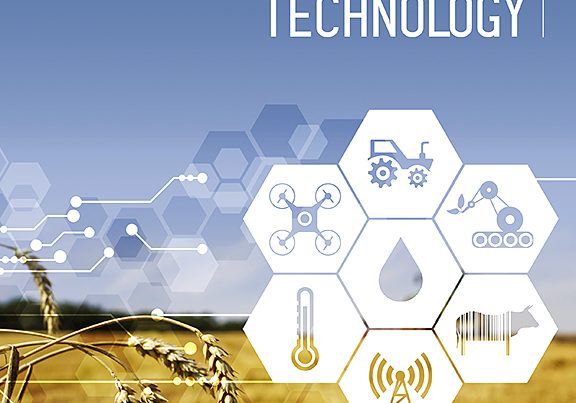Document type: online pre-publication in the Journal of Dairy Science
Authors: N.W.O'Leary, D.T.Byrne, A.H.O'Connor, L.Shalloo
Preview: Locomotion scoring is time consuming and is not commonly completed on farms. Farmers also underestimate their herds' lameness prevalence, a knowledge gap that impedes lameness management. Automation of lameness detection could address this knowledge gap and facilitate improved lameness management. The literature pertinent to adding lameness detection to accelerometers is reviewed in this paper. Options for lameness detection systems are examined including the choice of sensor, raw data collected, variables extracted, and statistical classification methods used. Two categories of variables derived from accelerometer-based systems are examined. These categories are behavior measures such as lying and measures of gait. For example, one measure of gait is the time a leg is swinging during a gait cycle. Some behavior-focused studies have reported accuracy levels of greater than 80%. Cow gait measures have been investigated to a lesser extent than behavior. However, classification accuracies as high as 91% using gait measures have been reported with hardware likely to be practical for commercial farms. The need for even higher accuracy and potential barriers to adoption are discussed. Significant progress is still required to realize a system with sufficient specificity and sensitivity. Lameness detection systems using 1 accelerometer per cow and a resolution lower than 100 Hz with gait measurement functions are suggested to balance cost and data requirements. However, gait measurement using accelerometers is rather underdeveloped. Therefore, a high priority should be given to the development of novel gait measures and testing their ability to differentiate lame from nonlame cows.





